Godzilla Minus One (2023): back to the beginning | de vuelta al inicio
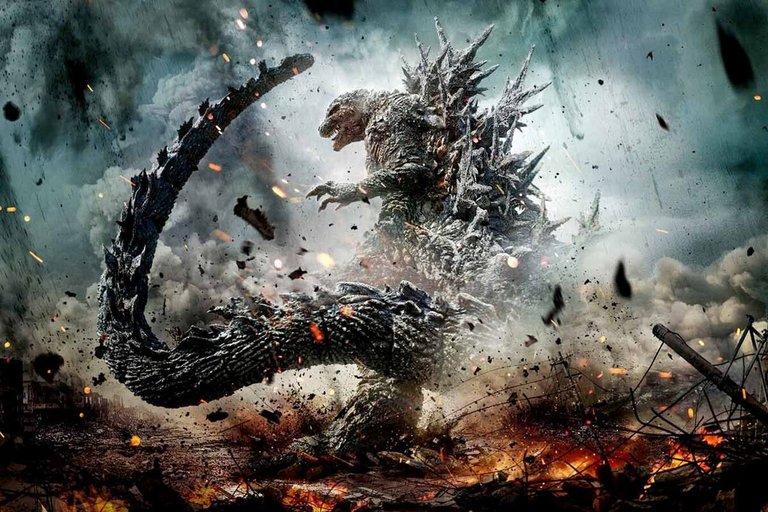
Ganadora del Oscar a Mejores Efectos Visuales
I'm not a fan of kaijū (Japanese term for those giant creatures) movies, but if you want to see something of that type, it's obvious that you immediately think of Godzilla. And if you think about Godzilla, going to Hollywood is a mistake because the monster is a Japanese creation and in that country 33 films have been made about it, 33! (only 4 have been made in North America), so the Japanese must have some advantage when it comes to telling a story related to this iconic creature.
No soy fanático del cine kaijū (término japonés referido a esas criaturas gigantes), pero si uno quiere ver algo de ese tipo, es obvio que piensa inmediatamente en Godzilla. Y si uno piensa en Godzilla, ir a Hollywood es un error porque el monstruo es una creación japonesa y en ese país se han realizado 33 films sobre él, ¡33! (en Norteamérica se han hecho sólo 4), así que algo de ventaja deben tener los nipones a la hora de contar una historia relacionada con esta icónica criatura.
Godzilla Minus One is set in the year 1945. The end of World War II is approaching, Germany has surrendered, but Japan continues to resist until - as we know - the US drops the atomic bombs on Hiroshima and Nagasaki in August of that year. In this context, we see Kōichi Shikishima, a kamikaze pilot who, due to failures in his plane, must make an emergency landing on Odo Island, where a Japanese air force aircraft repair base is located. When inspecting the aircraft, one of the mechanics presumes that the failures were a hoax, which would mean disgrace for the pilot because, being a kamikaze (those suicidal pilots who crashed their aircraft into the target), having been a coward and not complying with its mission it's a shame. That same night, the island is attacked by a huge creature, similar to a dinosaur, but with certain anthropomorphic features and even some like canines, whom the locals call Godzilla, and attacks the island killing everyone present with the exception of Shikishima and the mechanic, who blames the pilot for acting cowardly - again - and not using the plane to shoot the creature. Then the monster disappears from the island - and from the film for a while - and we focus on Shikishima's personal drama: the return to his city, which is now a pile of rubble, and to his house, or what remains of it, where he finds out that his parents have died.
Godzilla Minus One está ambientada en el año 1945. Se acerca el final de la Segunda Guerra Mundial, Alemania se ha rendido, pero Japón sigue resistiendo hasta que - como sabemos - EEUU descargue las bombas atómicas sobre Hiroshima y Nagasaki en Agosto de ese año. En ese contexto, vemos a Kōichi Shikishima, un piloto kamikaze que, por fallas en su avión, debe aterrizar de emergencia en la isla Odo en la que se encuentra una base de reparación de aviones de la fuerza aérea japonesa. Al revisar la aeronave, uno de los mecánicos presume que lo de las fallas era un engaño, lo que significaría la deshonra para el piloto porque siendo un kamikaze (aquellos pilotos suicidas que estrellaban su aeronave contra el objetivo) el haber sido cobarde y no cumplir con su misión es una vergüenza. Esa misma noche, la isla es atacada por una enorme criatura, parecida a un dinosaurio, pero con ciertos rasgos antropomórficos e incluso algunos como caninos, a quien los locales llaman Godzilla, y ataca la isla matando a todos los presentes con excepción de Shikishima y el mecánico, quien culpa al piloto de actuar cobardemente - otra vez - y no haber usado el avión para disparar a la criatura. Luego el monstruo desaparece de la isla - y de la película durante un rato - y nos concentramos en el drama personal de Shikishima: el regreso a su ciudad que ahora es una pila de escombros, y a su casa, o lo que queda de ella, en donde se entera de que sus padres han muerto.

During that fragment of the film we see how a country in ruins begins to reactivate its economy, its routine, its normal life, (can you return to normality after something like that?) and we also see our pilot meet a woman and a girl with whom he shares his home. He does not marry her, but they decide to live together and raise the girl, who is not the woman's daughter either, as if she were their own. All that human part and especially Shikishima's journey add value to the plot that is not simply about a monster that destroys a city.
Durante ese fragmento de la película vemos cómo un país en ruinas comienza a reactivar su economía, su rutina, su vida normal, (¿se puede volver a la normalidad después de algo como eso?) y también vemos a nuestro piloto encontrarse con una mujer y una niña con quienes comparte su vivienda. No se casa con ella, pero deciden vivir juntos y criar a la niña, quien tampoco es hija de la mujer, como si fuera hija suya. Toda esa parte humana y sobre todo el viaje de Shikishima aportan valor a la trama que no se trata simplemente de un monstruo que destruye una ciudad.
The first Godzilla film was released in 1954 and director Ishiro Honda presented that story as a metaphor for the nuclear attack that the Japanese people had suffered at the end of World War II. That's why it makes a lot of sense to me that in Godzilla Minus One they wanted to return to that historical context and attribute such power of devastation to the monster. It's true that later we saw Godzilla appear in other stories in which he's the good and defends Japan from other creatures (just as his American colleague King Kong does, created some twenty years before the Japanese dinosaur); or that in the North American adaptations this relationship between the monster and the atomic bomb is logically omitted, but the origin was this context. The appearance of Godzilla could also be interpreted with the post-traumatic stress that Shikishima suffers: in the face of his disgrace, the only way to redeem himself is to demonstrate courage by killing the monster that then reappears in Tokyo. Only now it's bigger. Then, the film begins to run like a typical catastrophe story with the preparation of government and military plans to combat the creature and it begins to devastate buildings, avenues, vehicles and people. And in between, we also follow the personal story of Shikishima and some secondary characters who accompany him on his path to redemption.
El primer film de Godzilla fue estrenado en 1954 y el director Ishiro Honda presentó esa historia como una metáfora sobre el ataque nuclear que el pueblo japonés había sufrido al final de la segunda guerra mundial. Por eso me hace mucho sentido que en Godzilla Minus One hayan querido retomar ese contexto histórico y atribuirle al monstruo tal poder de devastación. Es cierto que después vimos aparecer a Godzilla en otras historias en las que es el bueno y defiende al Japón de otras criaturas (tal como lo hace su colega americano King Kong, creado unos veinte años antes que el dinosaurio japonés); o que en las adaptaciones norteamericanas lógicamente se omite esa relación del monstruo con la bomba atómica, pero el origen fue este contexto. También pudiera interpretarse la aparición de Godzilla con el estrés postraumático que sufre Shikishima: ante su deshonra, la única forma de redimirse es demostrar valor asesinando al monstruo que luego reaparece en Tokio. Sólo que ahora es más grande. Entonces, la película comienza a correr como una historia de catástrofe típica con la preparación de planes gubernamentales y militares para combatir a la criatura y esta que comienza a arrasar con edificios, avenidas, vehículos y personas. Y entre medio, vamos siguiendo también la historia personal de Shikishima y de algunos personajes secundarios que lo acompañan en su camino a la redención.

Although most of Autumn's interventions are short and sharp phrases, she expresses herself at all times through her eyes and gestures. You can see and feel the fear, the disappointment, the rage, the shame, everything, in her face and that is not a minor merit for such a young actress who embodied very well the character constructed wonderfully by Eliza Hittman, who also did an incredible job conceiving and creating the atmosphere of the entire film.
Si bien Godzilla es la criatura más famosa del cine kaijū, no es la única. También están, entre otros, Anguirus, otra especie de dinosaurio; Rodan, un dinosaurio volador; Gamera, ¡una tortuga voladora gigante!; y King Ghidorah, a mi parecer el que tiene mejor nombre y apariencia porque ¡es un dragón de tres cabezas, dos colas! Pero Godzilla es el más famoso, tal vez por haber sido el primero de todos ellos.
Never Rarely Sometimes Always takes place in a misogynistic and frightening society for women, especially teenagers. Perhaps such violent events do not occur, but the shadow of sexual, verbal, physical and psychological abuse against women is felt at all times. At a cinematographic level, the camera focuses on the girls, on their faces, their walk, their movements and not on the landscape or the surroundings. The shots taken from that closeness make one feel like the third passenger on the bus or like someone else sitting in the waiting room; and that is reinforced by the fact that many shots are taken in motion. It's not just that we see them walk, it's that we walk with them. Finally, the script is so honest and the story feels so real that it's not maudlin despite its emotional nature (the interview with Autumn in the clinic, before her intervention, is a sad and painful scene because We know that there are millions of girls who have gone through things like those she confesses) nor does she denounce or take sides for or against abortion. It just shows things as they are. The Romanian 4 luni, 3 saptamini si 2 zile (4 Months, 3 Weeks & 2 Days) and the French L'événement had the most dramatic feature of the clandestine practice of abortions, due to an issue of time and society, but Never Rarely Sometimes Always is equally powerful and dramatic, even if they are other times, more legal and open, have any of you seen this movie? I read you in the comments.
Y para acrecentar aún más su importancia y defender su trono, Godzilla Minus One se convirtió no solamente en la primera cinta de Godzilla en ser nominada y ganar un Oscar a Mejores Efectos Visuales, sino ue es la primera película japonesa en ser nominada y ganar dicho reconocimiento. Confieso que ese fue el hecho que me convenció de ver esta película y sin duda que los efectos están a la altura de lo requerido y en un nivel superior de la mayoría de las películas recientes, incluyendo producciones de superhéores. Pero más allá de la potencia visual de este enorme monstruo que vive en el oceáno, ataca las bahías y dispara un rayo de plasma que arrasa con todo (la primera escena en la que dispara este rayo es impresionante), Godzilla Minus One cuenta la historia de un país golpeado dos veces (por la guerra y por el monstruo), de un hombre consumido por el remordimiento que busca su redención, y de una sociedad que se unió en el momento más vulnerable de su historia para intentar conseguir lo imposible. Valor, solidaridad, empatía, esfuerzo común, son alguonos de los valores que se aprecian en esta historia que va un poco más allá de la destrucción gratuita. Si bien la película no es tan reciente, fue hasta hace poco que se incluyó en el catálogo de Netflix en donde está disponible para ver, en caso que quieran revisarla, ¿ya vieron este film? ¿qué opinión tienen al respecto? Los leo en los comentarios.
Reseñado por @cristiancaicedo
Other posts that may interest you | Otros posts que pueden interesarte:
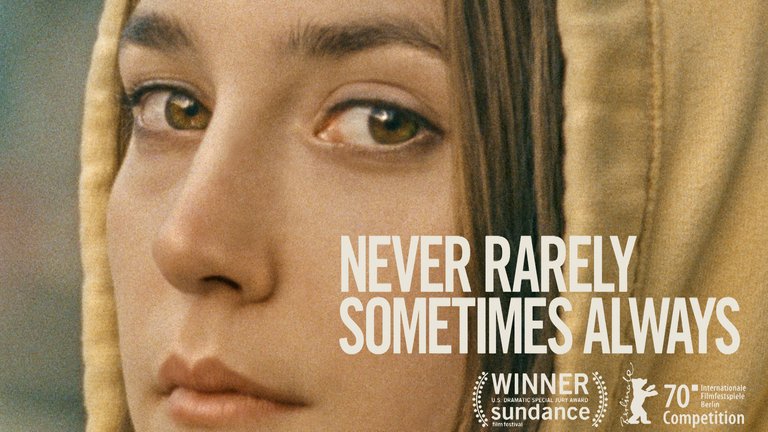  |
|---|
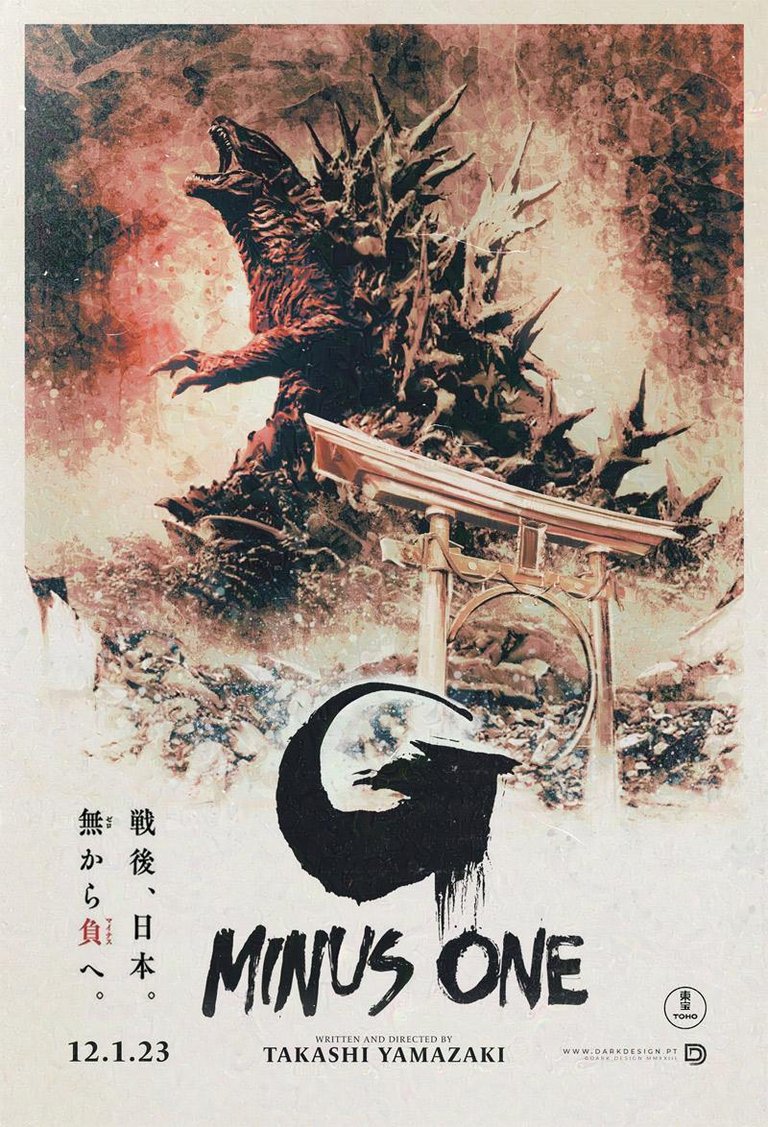
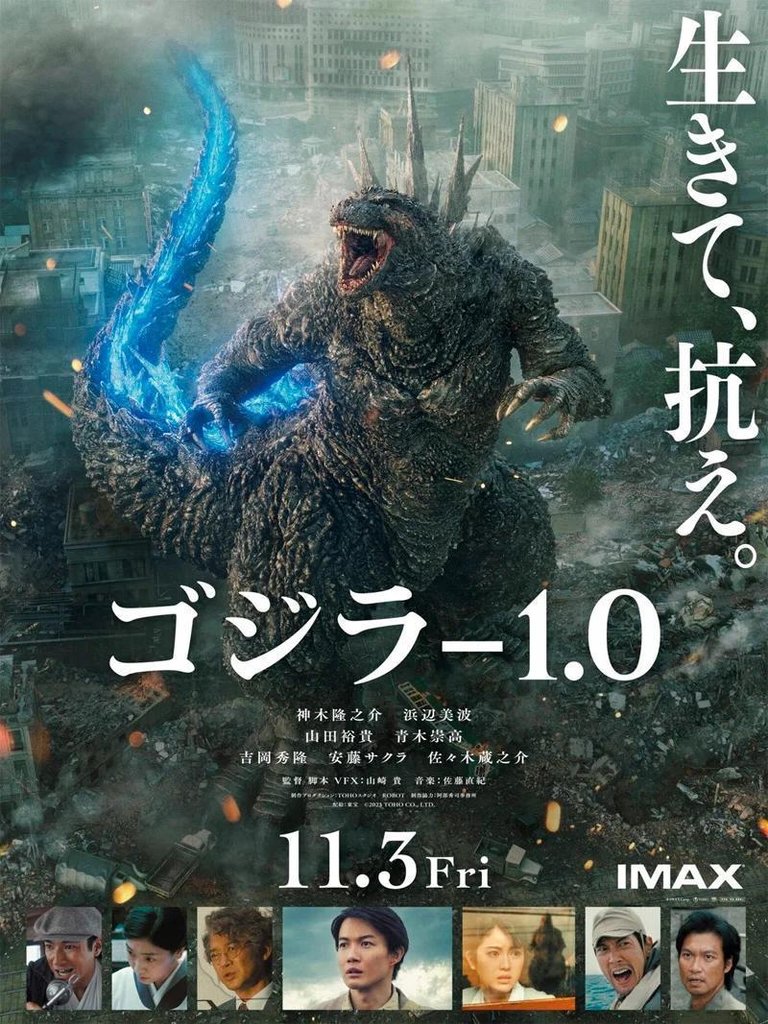
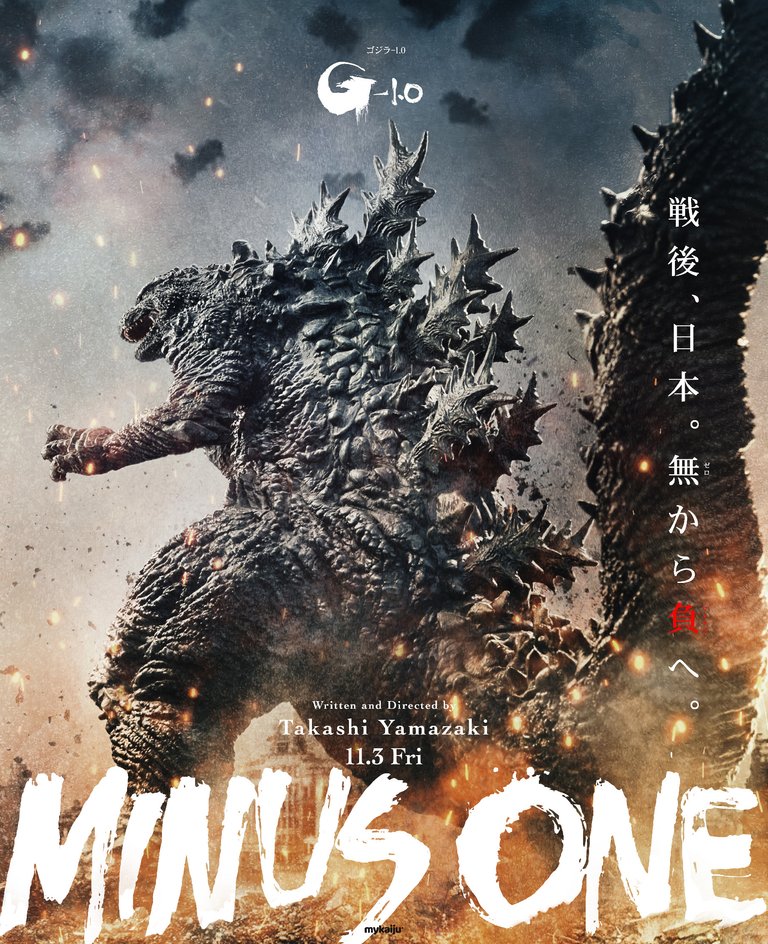
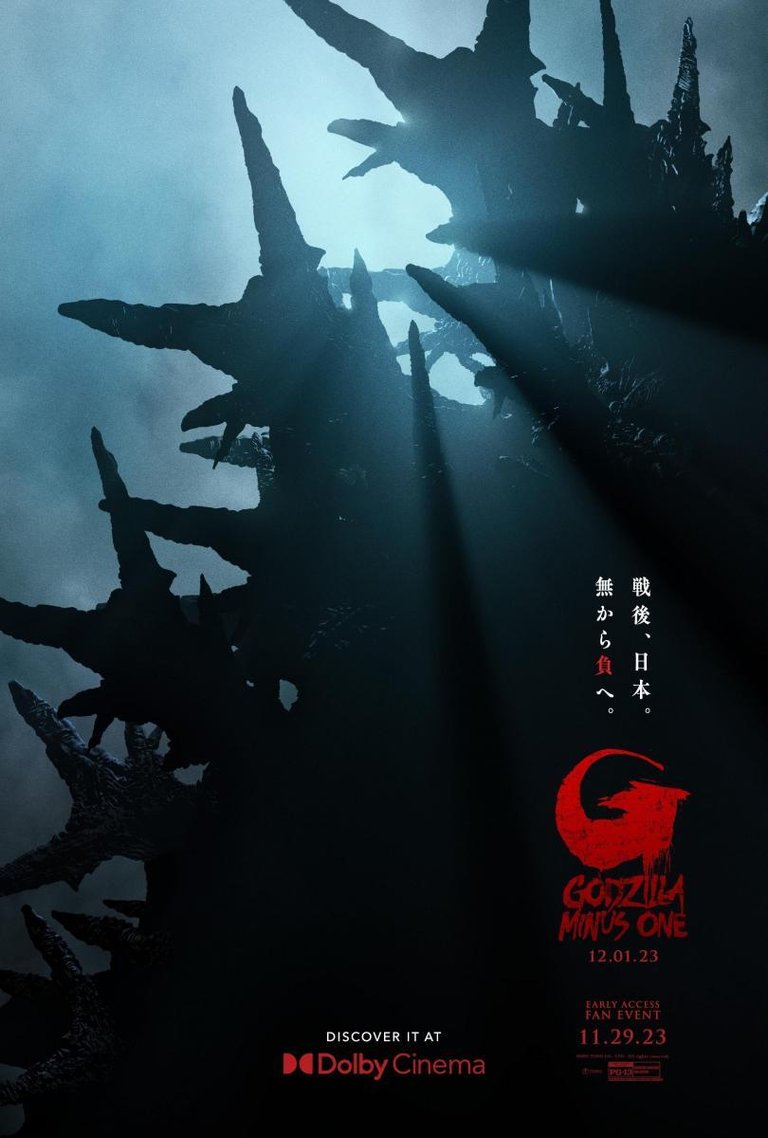
que?? 33 películas? WHAT?? demasiadas! jajajaja no sabía que existian tantas. Yo al igual que tu no soy muy fan de este personaje pero admito que tiene lo suyo y sé que en Japón es muy apreciado. Y ultimamente me han llamado la atención estas nuevas tramas que le dan entre King-Kong y otros personajes gigantes. Gracias por compartir tu opinion! saludos! 💕
Keep up the good work. 👏🎵
Dear beloved Hive creator,
Coding poet Gudasol here to support you sharing your art + life on Hive.
As a fellow creator, I know how hard it is to get the word out there.
I built cXc.world to help creators like us get more support from the blockchain community + beyond.
Share your music on cXc.world, and copy the Markdown for a easy post includes embedded players for Spotify, Youtube, Soundcloud.
That way, you can earn HIVE + stack streams on centralized platforms, as they do still matter.
Not a music creator? No problem. You can still use cXc.world to find + share music you love.
What's next?
Preview the next evolution of cXc, Tetra.earth.
Expose local music from your area!
We're helping grassroots musicians, and you can too by adding their music (no sign up or WAX account required).
Join our community 🐬
Find fellow music lovers in cXc's Discord
Bad news: Saying see you later to Hive! 👋
We didn't get the needed support to continue cXc.world on Hive, as our DHF proposal lacked votes, but [Good News Everyone] cXc.world will add a Markdown copy button, allowing you to easily share your music + music you find on Hive.
For now, we're on WAX, with tools you can use to mint your own Music/Media NFT collection.
Curious about the future of Earth + ET relations? New economic systems?
Find more apps + art from Gudasol
Want to build tools like I used to share this?
I'd love to show you some tips on AI Code generation